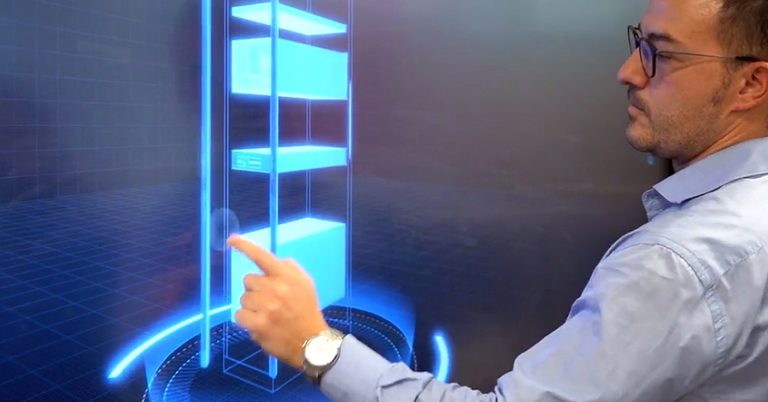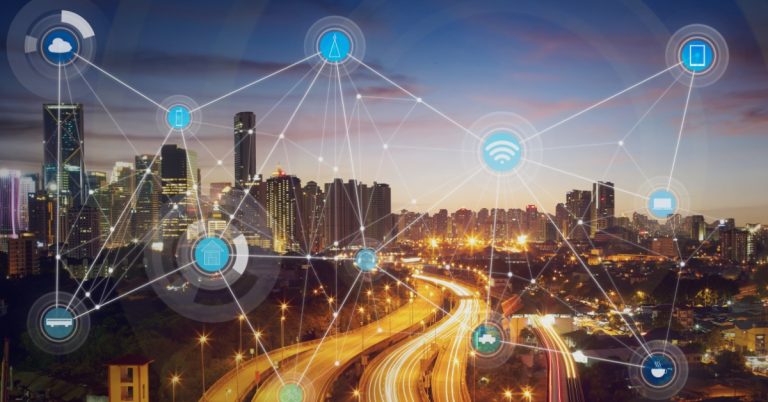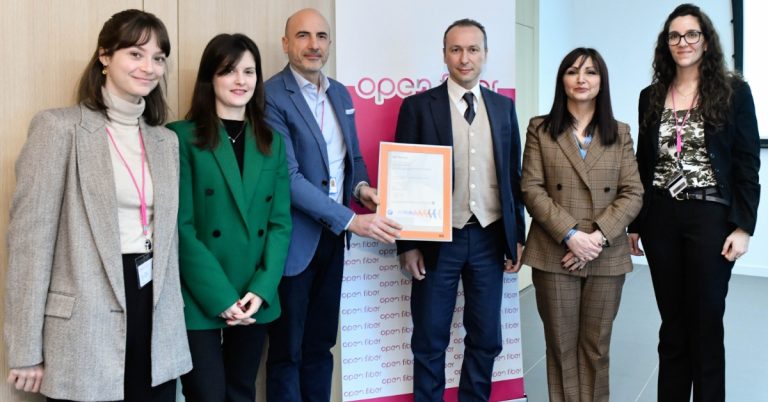Discovering the FAAS project, a further step in the use of FTTH fiber optic for seismic sensing.
A collaboration with the Politecnico di Torino, the National Institute of Geophysics and Volcanology (INGV), and the company SM Optics Siae Microelettronica has resulted in the FAAS (Fiber As A Sensing) project: an upgrade of the previous MEGLIO project, a system for monitoring seismic waves using sensors along the fiber optic network.
We examine how it works and how FTTH fiber optic can take seismic monitoring to the next level.
MEGLIO project: how Fiber Sensing works
The MEGLIO project (Measuring Earthquakes Signals Gathered with Laser Interferometry on Optic Fibers) stems from the collaboration between Open Fiber, INGV (National Institute of Geophysics and Volcanology), INRIM (National Metrology Institute of Italy), Bain & Company and Metallurgica Bresciana SPA in order to enable the use of fiber optic as a high-precision sensor for monitoring seismic activity.
At the heart of the MEGLIO project is so-called Fiber Sensing: the installation of ultra-sensitive lasers on the portion of fiber optic involved in the trial makes it possible to record real-time data on ground deformations. Between Ascoli Piceno and Teramo, Open Fiber laid 30 km of fiber optic cable in order to provide not only an internet connection, but also a means of detecting earthquakes.
This is the most advanced project of its kind in the world. The first results came in October 2021: the fiber optic proved to be a highly accurate sensor that enabled the detection of events of very low magnitude, up to 2 degrees on the Richter scale.
FAAS project: FTTH fiber optic for even more effective detection
Although the Meglio project allowed for full integration between seismic detection techniques and the telecommunications network, with the FAAS project, there is a sharper transition from Fiber Sensing to Network Sensing.
The biggest difference between the two is that FAAS involves the deployment of a new technology that enables the software layers of TLC equipment without the use of exogenous lasers required by the MEGLIO project. Seismic events are detected through the equipment’s telemetry, allowing the technology to be more rapidly extended over much larger portions of the network in a more simple manner than in previous trials.
Francesco Carpentieri, Head of the Transport Network at Open Fiber, described the project as follows:
“FAAS is intended to make it possible to use fiber optic networks not only as a means of transmitting data, but also as highly sensitive sensors that can monitor changes in the seismic environment, this time without the use of lasers.
The main goal is to further expand the trial, exploring new research areas and exploiting artificial intelligence algorithms to analyse the collected data, eventually leading to orchestration of the various methods.”
How long will the FAAS project trial last?
The trial phase will take place in the Marche region, as was previously the case for the MEGLIO project, with a view to technological advancement in field use and possible future applications.
The FAAS project started a few weeks ago and will run for two years. The final data collection is scheduled for 2025 and will allow us to understand how the project has worked and to determine whether or not the results are valid. It is a truly unprecedented initiative in this field, the outcome of which will revolutionise seismic monitoring systems and safety procedures.










